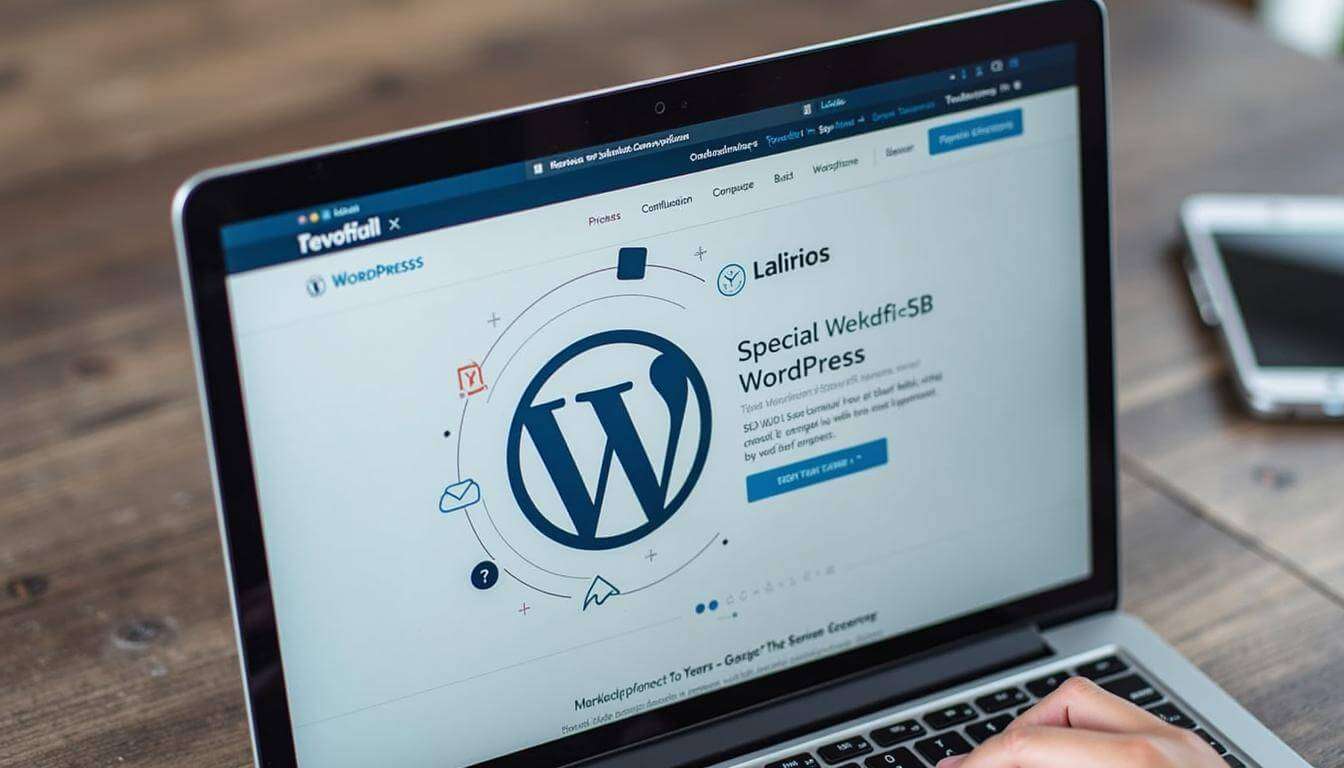Discover the critical vulnerability in the Litespeed Cache plugin for WordPress and learn essential steps to protect your site from potential exploitation.
What are the implications of a significant vulnerability discovered in a widely-used caching plugin for WordPress sites? This question highlights the concerns many website owners face regarding the security of their online platforms. In an increasingly digital world, understanding these vulnerabilities and the possible consequences of their exploitation can prove invaluable.
Understanding the Vulnerability
The Litespeed Cache Plugin
The Litespeed Cache plugin is crafted specifically for WordPress, boasting over 5 million active installations globally. Designed to enhance website performance through effective caching mechanisms, this plugin has become a staple for those looking to increase their site’s speed and efficiency. However, the newfound vulnerability poses a serious risk.
The Discovery of CVE-2024-28000
Researcher John Blackbourn identified a critical privilege escalation vulnerability known as CVE-2024-28000. This flaw allows an unauthenticated attacker to exploit the plugin and gain administrative privileges on a concerned WordPress site. Such a breach can lead to website manipulation and the potential installation of malicious content.
Implications of Administrative Access
Gaining administrative access is particularly alarming because it allows attackers to control virtually all aspects of a WordPress installation. From altering content to stealing sensitive data, the potential for malicious activity is vast. When millions of sites use the plugin, the scale of the threat exponentially increases.
Nature of the Exploit
Weak Security Hash Protection
The vulnerability exploits a user simulation feature within the plugin. Unfortunately, this feature is protected by a weak security hash that relies on known values. Essentially, this shortfall in security means attackers may determine the hash relatively easily.
Brute Force Methodology
An attacker could deploy brute-force methods to obtain the security hash, with estimates suggesting such efforts might take anywhere from a few hours to a week. This prospect underscores the urgent need for vigilant website security measures, especially for those using the vulnerable plugin.
Logging and Debugging Mode Risks
Moreover, security hashes may be unintentionally leaked in logs on websites with debugging mode enabled. Attackers can utilize this information to facilitate easier exploitation of the vulnerability. Hence, activating debugging mode without appropriate knowledge can inadvertently create an opening for malicious entities.
The Risk of Mass Exploitation
Analyzing the Impact
Oliver Sild, CEO of Patchstack, indicated that although obtaining the hash might mitigate mass exploitation, the sheer number of sites leveraging the Litespeed Cache plugin presents an enticing target for attackers, particularly for those looking to take over specific websites. The prospect of targeted exploitation cannot be dismissed lightly.
Current Installation Statistics
Despite the urgency communicated by security professionals, approximately two million websites remain vulnerable since they have not yet upgraded to the patched version 6.4 of the plugin. The WordPress.org data indicates that only 30% of installations are currently updated. The potential for widespread attacks grows with this statistic.
Responding to the Vulnerability
Steps for Website Owners
- Immediate Plugin Update: If you are a WordPress site owner using the Litespeed Cache plugin, updating to version 6.4 is crucial. This simple action can significantly mitigate risks associated with the identified vulnerability.
- Review Debugging Practices: Take a closer look at your debugging practices. Disabling debugging mode on production environments should be a standard practice to prevent unintentional hash leaks.
- Monitor Logs for Anomalies: Regularly examining your server logs can help identify any unusual activity that might suggest someone is attempting to exploit the vulnerability.
- Implement Additional Security Measures: Beyond just updating plugins, consider implementing firewall solutions and robust security plugins to fortify the overall defense of your WordPress site.
Collaborating with Security Firms
Engaging with cybersecurity firms like Patchstack or Defiant can ensure you’re utilizing best practices in terms of protecting your website. These organizations provide insights and tools that can bolster the security of your WordPress installations further.
Long-Term Security Strategies
Consistent Updates and Backups
Website security is not just a one-time effort. Regular updates to all installed plugins and themes are essential to protect against evolving threats. Additionally, conducting routine backups will enable recovery in case of a successful attack.
Staff Training
Your staff—or even your personal knowledge—plays a crucial role in maintaining cybersecurity. Providing training on recognizing phishing attacks, understanding strong password practices, and grasping the significance of website security can significantly enhance your defense measures.
Automatic Monitoring Tools
Consider investing in automated monitoring tools that provide real-time alerts for any suspicious activities on your website. Such tools can detect breaches earlier and help you respond before significant damage occurs.
The Future of WordPress Security
Trends in Cyber Threats
With the increasing number of WordPress websites, the landscape of cybersecurity threats continues to evolve. Attackers are becoming more sophisticated, and vulnerabilities in widely-used plugins like Litespeed Cache indicate that no platform is impervious to exploitation.
The Role of the Community
The WordPress community plays a vital role in pushing for stronger security practices. As vulnerabilities come to light, collaboration between developers, security researchers, and users can lead to quicker identification of risks, facilitating timely patches and updates.
Understanding the Cybersecurity Environment
In this dynamic environment, staying informed about emerging threats is crucial. Regularly reviewing cybersecurity news, best practices, and industry reports will help you remain abreast of the latest developments that could affect your website.
Conclusion
The discovery of a critical flaw in the Litespeed Cache WordPress plugin signifies the pressing need for all site owners to reassess their security protocols. While the ease of exploitation may vary, the realization that millions of sites are vulnerable should drive immediate action. By updating plugins, monitoring logs, and employing comprehensive security strategies, you can safeguard your online presence against potential threats.
As the digital world continues to mature, remaining proactive is vital. It is not merely about reacting to vulnerabilities but rather establishing a robust defense to preemptively protect your site. Cybersecurity will always be a rapidly changing field, but with diligence and awareness, you can place your site in a strong position against emerging threats.


